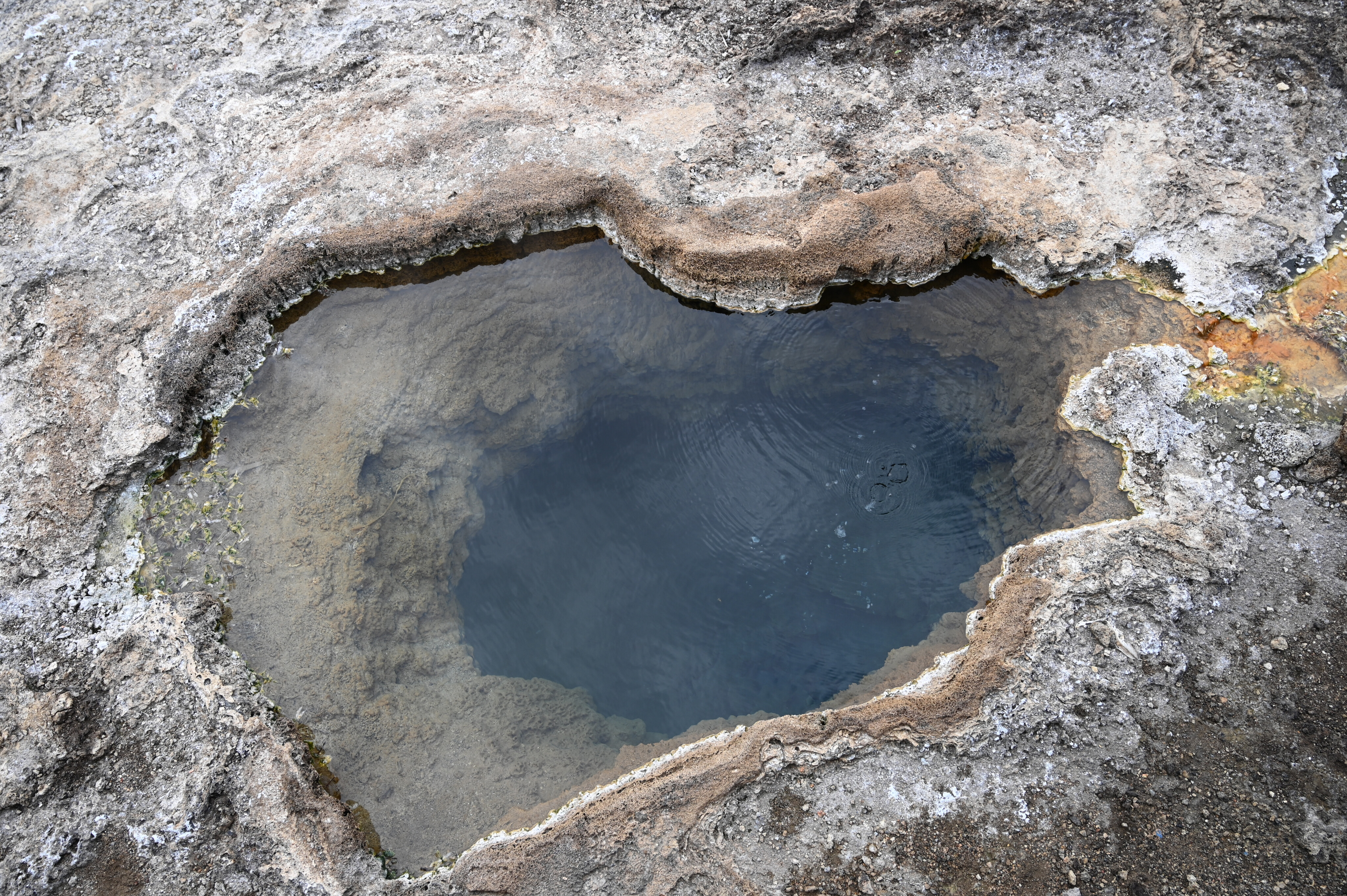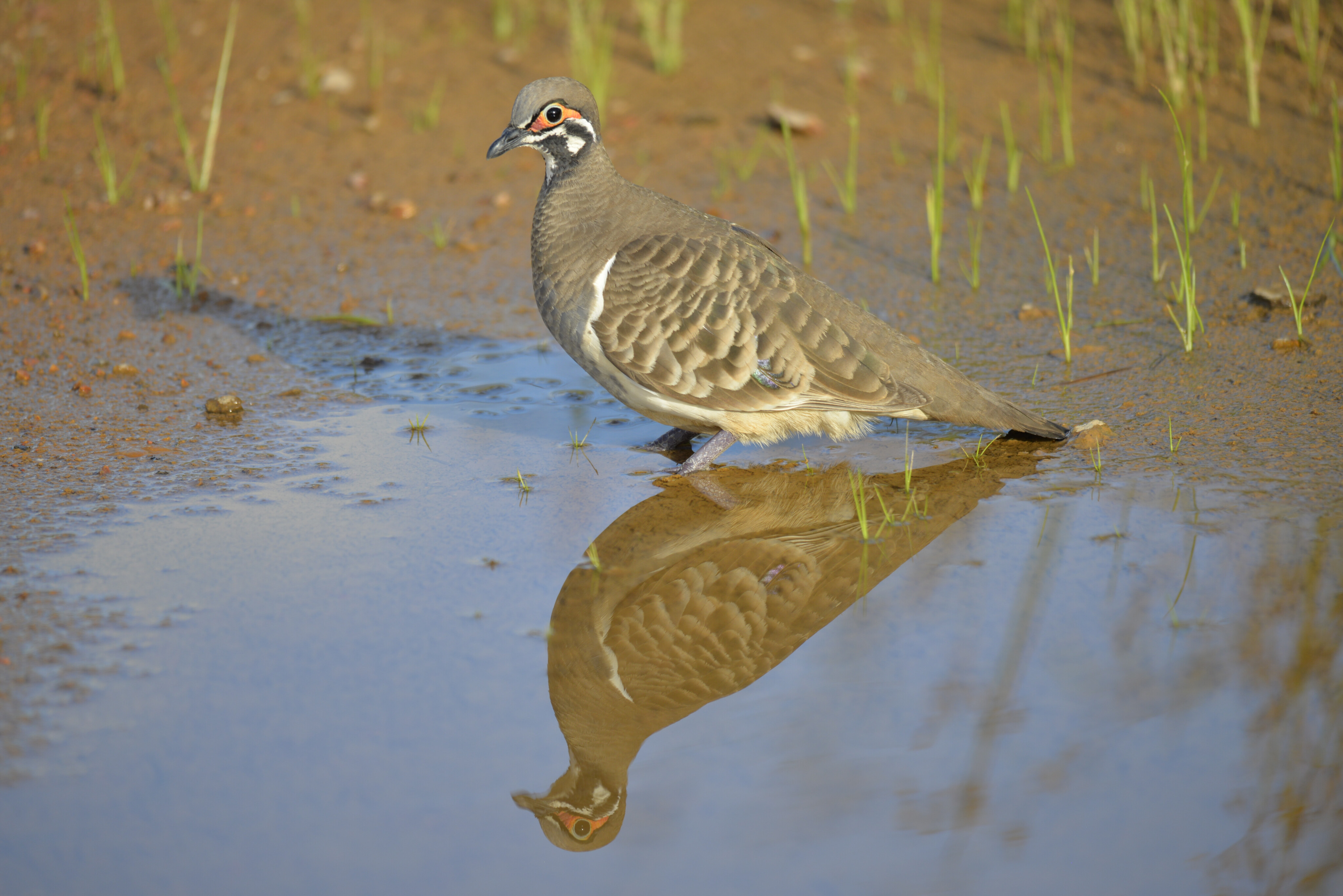
I headed from my hometown, Mareeba to Karumba in June to pay my last respects to old mate, Wally Brummell.
We enjoyed many adventures in the past and elder readers may remember some of them back in the early 1970s when we pioneered 4x4 adventures across the tropics before they became trendy.
Long drives on sealed roads are boring for dirt-road junkies like me, but there are always side tracks that terminate on natural attractions and the Savannah Way has many – the Mount Surprise Lava Tubes of the Undara Volcanic NP, Cobbold Gorge, Cumberland Mine, Leichhardt Lagoon, and mining ruins about Forsyth, Georgetown and Croydon. These were once roaring boomtowns during the gold rushes in the late 1880s.

They have period restored buildings, museums and historic sites. The historical precinct of Georgetown is amazing and well worth a walk about it. There are others with the highway well signposted to point the way.
Several years have passed since I last took this route, and I noted that many campsites have sprung up along the highway. Local councils and land holders have given up and reluctantly accepted that travellers will need somewhere for a break. Some streams now have bush campsites that are maintained by councils who have recognised the value of travellers. No facilities are available, but that is what bush camping is about…

History
For me it was a 750km drive across the Savannah Way and to break up the journey I took a few side tracks, including Talaroo Hot Springs, a natural, rare and unique attraction east from Georgetown that had been closed for years.
Talaroo Station was purchased by the National Reserve System and handed over to the Ewamian people in 2013, followed by some serious expenditure to improve access to the springs by the public. The once-thriving cattle station has been de-stocked to return the country to its former natural splendour, devoid of stock and feral animals.
Talaroo Station is part of the Ewamian people’s country, which covers a huge area of the northwest Gulf country, extending from the Mitchell River to the north, and the upper Gilbert and Einasleigh Rivers, including Georgetown, Forsyth, Einasleigh and Mount Surprise.

The Ewamian country is rich in cultural attractions including rock art sites, artifacts, bora and home grounds, stone grooving and other sites of significance. Most of the art sites are in rugged sandstone ranges, including the nearby scenic Newcastle Range and the permanent water sources in the rivers.
Talaroo Station covers some 31,500ha on the Einasleigh River, a large sandy stream. To its owners it’s a living cultural landscape, alive with dreaming stories that centre about the springs that showcase the Ewamian people’s hospitality where they share their culture and stories with visitors.

Getting there
Talaroo Springs are located east from Georgetown on the Savannah Way. It is well signposted, with a 10-minute drive on a maintained dirt road taking you directly to the old cattle station.
Turn to the right and follow the ring road out to the Information Office, which also has a booking venue and café. Ranging out from it is a neat campground and caravan park with both powered and unpowered sites, and if you want some luxury for the night, comfortable eco tents.
There are campground bathroom facilities, shared by all, camp kitchen, barbecues, benched seating, and vehicle parking. There are currently no generator campsite areas, while pets must be restrained.

Things to Do
I was guided about the springs by the general manager, Sharon Prior, who hails from Chillagoe and is Tom Prior’s daughter, the bloke who has the BP depot and an amazing collection of Ford vehicles there.
Sharon proved to be a wealth of information and is very enthusiastic about what has been achieved here so far and the plans to open more attractions in the future. While there are plans of extended tours about the station, guests are currently restricted to a 7km self-guided bike/walk trail that starts at the campgrounds and loops about cultural sites that feature scar trees. It’s suitable for all ages, but mountainbikes do make the track easier to negotiate.

Take a 300m walk to the Einasleigh River, catch a barramundi or sooty grunter and swim in the shallow pools, or just enjoy the bush tranquillity from a shady place under ancient melaleuca trees.
Freshwater crocodiles are present, but estuarine crocodiles are taking back their former territories and it will only be a matter of time before the once-safe swimming holes will no longer be so in the Queensland tropics, and the huge perennial pools of the Einasleigh River are no exception.
There is a 90-minute informative, easy, three-times daily walking tour available that is operated by Ewamian rangers, part of the Savannah Guides group. The tour takes you into the heart of the Talaroo Nature Reserve and the springs.

It gives an insight on their history and the connection to country of the Ewamian people.
Take a plunge in the healing waters of the springs, possible even in the cool climes of the inland dry season. There are also four private soak spas and a communal bath pool available, which are included in day tours.
There is a lot on offer for birdwatchers with more than 90 species having been recorded here, with more seasonal sightings to come. Agile wallabies, red kangaroos, dingoes and reptiles are common, as one would assume in a wilderness area like this.
As can be expected in such a unique place, aquatic animals and plants have evolved here that don’t occur anywhere else, though over the years feral pigs and wandering stock, even unthinking people, have damaged the spring site, but it’s recovering with fencing protecting this valuable natural asset.

The Springs
Sharon told me that admittance to the springs is strictly controlled and there is no public access to either the main springs nor the bathing pools due to some damage done in previous years when unrestricted access was allowed.
To protect the fragile rocks and its ecosystem the only access is with a guided tour or by arrangement. A boardwalk stretches across the main springs, which are classified as ‘mound’ springs due to the build-up of calcareous terraces that have formed into cone-shaped mounds.
The Talaroo mounds range up to 10m high and cover an area of some 2400m². There are four vents where water and bubbles flow out. Luna vent is the highest while Wallaby vent is the lowest. Spirit and Fossil vents are farther away from the others and not accessed from the boardwalk.

The water is clear, though it appears muddy in the flow off, but the coloration is from a yellow-orange biofilm of calcium carbonate deposits from sulphur cyanobacteria and mineral dissolves that build the travertine mounds, which is similar to coral reef structure formations.
Blue green algae are also present. As with other springs the flows vary considerably with full moon phases and the wet season having the highest. The flows are driven by heat and pressure deep within the earth’s subsurface.
Mound Springs are unique in Australia. Unlike others, Talaroo is one of only two mound springs in the country that are not fed by waters from the Great Australian Artesian Basin, but from a source within the earth.

Scientists believe that the water comes from heavy rains that have permeated deep into the earth, where they are heated, and take an incredible 20,000 years to return to the surface…
The water from the main springs is 68°C, almost hot enough to make coffee. The only other hot water like this is from an artesian bore on Augustus Station on the Leichhardt River and the well-known Burketown bore. Other springs have an average temperature of about 30/33°C or less.
Once on the surface the water cools rapidly and the spa and main pool downstream have a comfortable warm temperature that heals the body and calms the mind. The wonderful relaxing bathing in geothermal mineral waters have long been prized for their healing power the world over.
Beside the Indigenous history, the white settlers who established Talaroo Station used the hot springs for bathing and cooking.

Legend has it that large lumps of corn beef and vegetables were placed in hessian sacks and hung into the boiling mound pots. It was said that the food cooked in them was the tastiest. At least one treatise noted that the ‘local natives have adopted our cooking methods.’
It’s great to see this amazing attraction is again available to the public. For many travellers, especially the wandering sun-seeking grey nomads, it’s a respite and welcome break from the busy boring highway. Talaroo Springs campground was well patronised on my all-too brief visit. The rates are very comparable to towns but unlike them you get to experience a bush escape like few others.
Make sure you drop in here, have cup of Mareeba coffee and some homemade scones before taking a tour with a switched-on Ewamian savannah guide. You will be mesmerised.
More information
Website: www.talaroo.com.au [↗]
Phone: 0456 793 764

COMMENTS